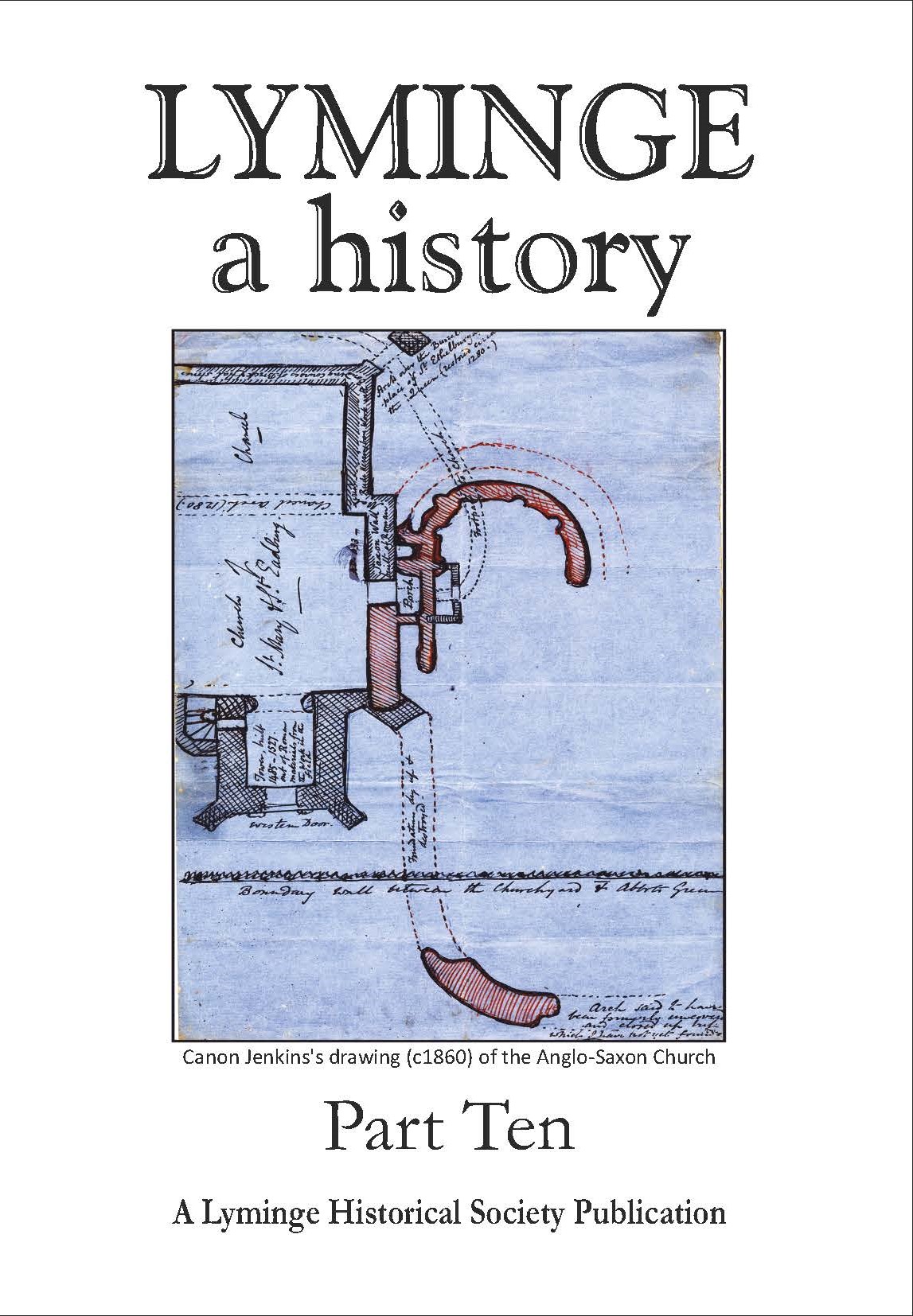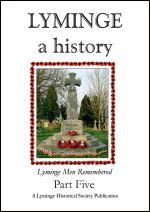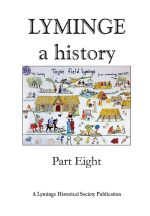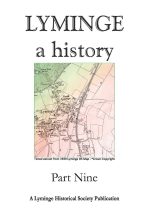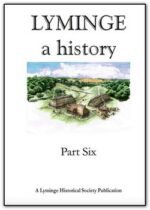Description
Chapter 68 The Lyminge Claw Beaker: John and Rosemary Piddock
The important discovery of a claw beaker during an archaeological dig in Lyminge off Canterbury Road in 1953 when a mushroom shed was being built and the subsequent discovery of a Jutish cemetery is described in this chapter. Several artefacts from this site are on display at Maidstone Museum.
Chapter 69 Stelling Minnis Common: David McDine
This chapter describes the historical and recent appearance of the common and its usage and quotes the Kent historian Edward Hasted two hundred years ago describing its inhabitants as being “as rude and wild as the country they live in”.
Chapter 70 The First Church in Lyminge: Robert Baldwin
Canon Reverend Robert Charles Jenkins, an antiquarian and Rector of Lyminge Parish Church, carried out excavations in the 19th Century to see if he could find evidence of the Anglo-Saxon dual Monastery founded by Ethelburga, daughter of King Ethelbert of Kent, some time after 633AD, and her burial place. The author asks what did Canon Jenkins find and what is still there to re-discover as plans develop for the re-excavation during 2019 of the site that Canon Jenkins explored?
Chapter 71 Lyminge raises cash for Irish atrocity victims: Duncan Harrington
Following the bloody rebellion of the Catholics in Ireland in 1641, a collection was made by Lyminge residents to help the beleaguered Protestants, and a copy of who donated and how much is shown.
Chapter 72 Elham Rural District Council 1895-1974: John Bowdon
The Elham RDC activities are contained in this chapter and a photograph of the last Councillors in 1974 shows them in front of their offices in Lyminge, now Everest Court, the offices of AgeUK.
Chapter 73 Lyminge Clerical Jottings: Duncan Harrington
An eclectic mix of information is contained in this chapter taken from a selection of archives concerning erstwhile Rectors of Lyminge. Reference is made to a lost Parish Register 1544-1676, which was rediscovered in 1860 and given by Rev. R.C. Jenkins to the Library of the British Museum for safekeeping. Do read the section on the advowson of Lyminge and a subsequent court case, details of which can be found in The National Archives amongst the records of the Court of Chancery. The paragraph on Correction in the Church Courts refers to several articles of enquiry dated 1619 to 1620 entered in just one volume of the comperta et detecta (found and revealed) in the Canterbury Consistory and Archdeacon’s Church court books, often known as the bawdy court.
Chapter 74 Recollections of Lyminge in the 1930s: Louis Spickett
Fast forward 400 years and Louis Spickett recounts his memories of life in Lyminge having moved to the village aged 5 in 1930. He tells of a Lyminge then which is still familiar to those who live here now, plus events held, along with some of the gossip of the time.
Chapter 75 Skeete Shooting: Duncan Harrington
The gory details of a double murder and a suicide in Skeete in 1940 are recounted, when a retired policeman shot a local farmer as he sat in his van, then returned home to kill his elderly arthritic wife and then turned the gun on himself.
Chapter 76 Whatever Happened to St. Ethelburga? – the afterlives of the saints of Lyminge: Robert Baldwin
An exploration of the whereabouts of the relics of two local female Saints buried in the Parish Church of Lyminge until the 11th Century: St Eadburg, originally buried at Minster-in-Thanet, and Queen Ethelburga, the founder of the monastery in Lyminge in the 7th Century. It would seem that the Norman Archbishop of Canterbury, Lanfranc, removed the saints’ relics to Canterbury in the 1080s.
Chapter 77 Lyminge Football – An Early History: Duncan Harrington
A photograph on the wall of The Coach and Horses prompted investigation into the Lyminge Football Team. The photograph is undated but believed to be from the season 1907-08. Alan Boughton provided further photos and information as his father and uncles played in the team in the 1920s. A team photo for 1920/21 was taken at the back of the slaughterhouse, while another for 1928/29 was taken at the back of The Coach and Horses. Major A.R. Kelham OBE, DCM played for that team and was late of the Buffs and Egyptian Army. The final photo was taken in Sibton Park early in 1930.
Chapter 78 Palm Tree House, Lyminge: FH&RG
The history of this house in Woodland Road was researched by the Family History and Research Group, who uncovered a wealth of detail, including the Tithe Map of 1840 showing that William Sawkins resided at Palm Tree Farm. Other residents in the the following years are listed and the 1891 census reveals that the property was still a farm. It was first described as a house in 1901 and remains so to the current day.

